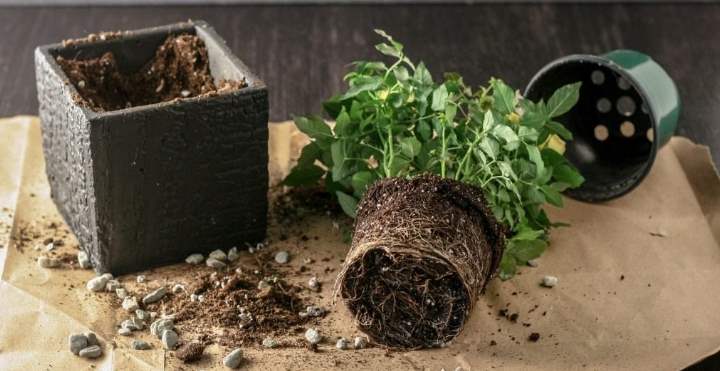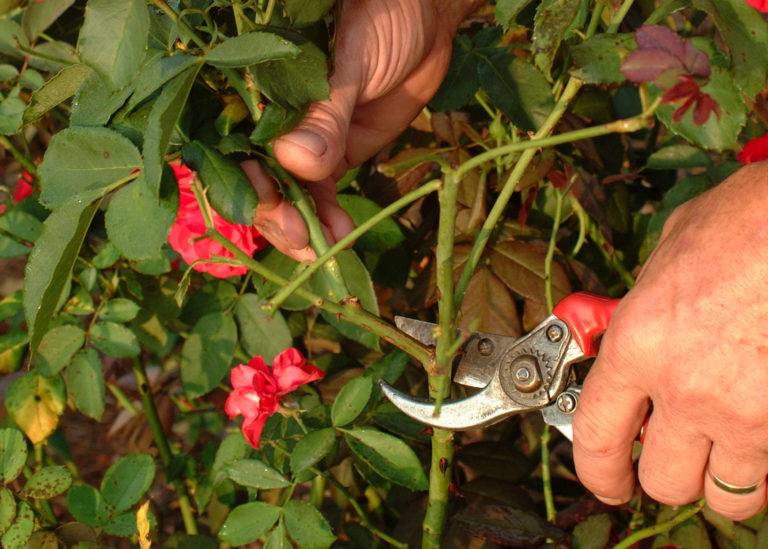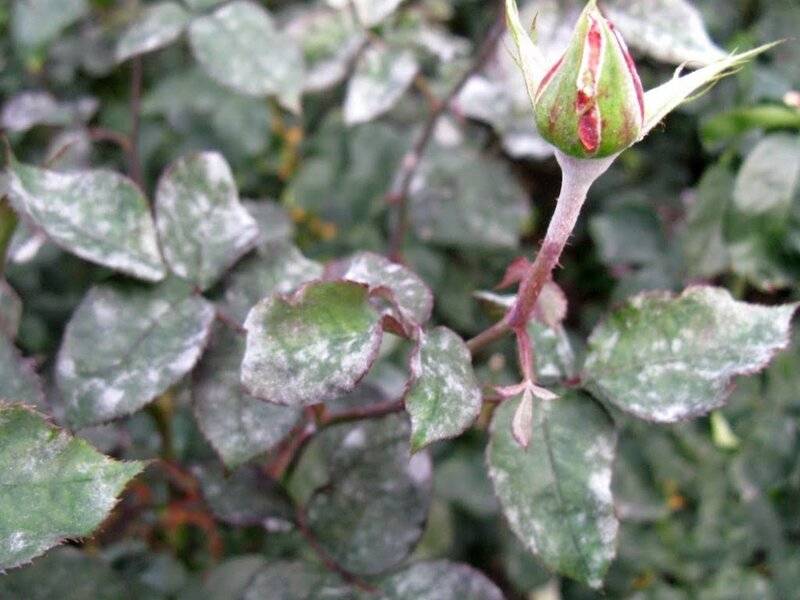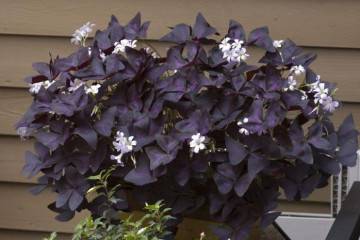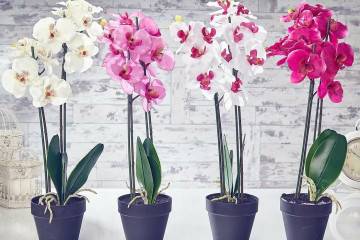Shrub rose in a pot - is it possible to grow at home
Content:
The temptation to purchase a miniature beauty rose in a small pot is great. However, maintaining and caring for a spectacular plant can turn into a real quest, and even getting the flower to please with abundant flowering is an unattainable task. What to do so that a shrub rose in a pot becomes not a headache for the owner, but a source of positive emotions?
Shrub rose in a pot - is it possible to grow at home
The existence of this plant at home today is not at all uncommon. Therefore, the answer to the question "is it possible to grow roses at home" the answer is "definitely yes." The opposite can be argued, perhaps, by those who have failed in keeping roses on the windowsill of their home.
The success of growing bush roses at home depends on the observance of a number of conditions:
- You should choose certain varieties that are specially adapted for keeping at home.
- When buying, you need to choose an exceptionally healthy plant.
- The flower should be provided with exceptional conditions of detention.
- It is necessary to protect the plant from attacks of harmful insects, and prevent damage from dangerous diseases.
Popular varieties of spray roses for the home
Before purchasing a bush rose at a flower shop, you should clarify its variety. Among the representatives of this wonderful indoor flower, there are favorites.
Hummingbird
This dwarf rose hybrid was bred in 1958 in France by a team of talented breeders, and for a long time was considered one of the best representatives of the varietal group.
The height of the bush rarely exceeds 35-40 cm. The bush is sprawling, abundantly planted with dense, leathery leaves. The stems are strong, red-brown in color. The popularity of the Hummingbird hybrid is explained by the amazing color of the densely double buds - they are delicately peach in color. In addition, the flowers exude a pronounced tea aroma. Usually flowers are collected in clusters of 3-5 buds.
Los Angeles
Los Angeles is another miniature rose variety that is very popular with indoor rose garden lovers. The lush bush usually rarely outgrows 40 cm. The stems of the Los Angeles rose grow predominantly vertically. At first, they are flexible, the shoots quickly turn wood and acquire a brown or burgundy hue. The foliage is bright green in color with a pronounced glossy sheen. Leaves are medium-sized, moderately carved.
The main advantage of the Los Angeles dwarf rose is its flowers. They are complex in color, and can be orange, turning yellow at the base of the bud, or rich yellow with light brown petal edges.
Green Ice
Among gardeners who love miniature roses, the Green Ice variety is very popular. This hybrid was created by American specialists in 1971. The height of the bush when grown in a pot under indoor conditions does not exceed 45 cm. The stems are flexible, they do not change color when lignified. The foliage is dense, the leaves are small, dark green. Flowering is usually abundant, wavy. The buds are collected in clusters of 3-5 pieces.
Terry flowers of this hybrid variety have a very interesting property: at the beginning of budding, they have a pink tint, but as they bloom, they become white, and then acquire a greenish tint. Rose Green Ice has a mild aroma, which intensifies if the humidity of the environment rises.
What you need to know about home bush rose
Initially, miniature roses were not bred for growing at home. Their purpose is to decorate gardens, mixborders, city flower beds.
Home bush rose: care and maintenance
Usually dwarf roses are frost and disease resistant. However, as it became popular, the flower gradually began to be grown on window sills and in winter gardens, which required changes in agricultural technology.
Soil selection
A shrub rose in a pot at home requires special care. This mainly concerns a suitable soil mixture and a container for planting. The soil should be fresh and rich in nutrients.
It is best to purchase a ready-made soil mixture suitable for growing indoor roses. It is usually easy to find in any supermarket or flower shop. But if there is no such opportunity, it is not difficult to make a soil mix suitable for a flower. To do this, you need to take sod, humus and river sand of a coarse fraction in a ratio of 4/4/1.
Before planting a flower, you should make sure that the acidity of the soil is close to neutral. The rose will feel bad in overly acidic soil, and in an alkaline environment, its growth and flowering will stop.
Planting pot
How comfortable the indoor beauty will feel depends on the choice of container for planting. The best option is a ceramic pot that allows air to pass through perfectly.
If a used pot is used for planting a rose, then it must be carefully processed: fill it with water and leave for a day. Use a brush or metal sponge to clean the inside. It is better to refuse the use of aggressive detergents, preferring soda.
Temperature
A bush rose needs a lot of light and fresh air. It is best to place the plant pot on the south or southeast window of the house or apartment. As the daylight hours decrease, the flower will need additional illumination with a phytolamp. However, this will increase the flowering period. In order for the growth of new shoots and the setting of new buds to be uniform, from time to time you need to turn the plant towards the light in different directions.
A comfortable temperature for the plant is 17-23 ° C in summer, and 12-15 ° C in winter. In winter, care must be taken to ensure that hot radiators do not harm the flower. Therefore, you need to foresee a place where you can move the flower at this time.
Watering and humidity
The indoor beauty needs high humidity all year round. Usually, a pallet with stone, glass balls or expanded clay and water is used for watering. In addition, the flower needs regular spraying. In winter, with the radiators working, you need to spray the rose at least twice a week. However, if the room is cool, this water procedure should be abandoned to avoid the appearance of rot.
A shrub rose cultivated at home does not tolerate both drying out of the soil and its excessive moisture. At home, the rose should be watered as the topsoil dries out. In winter, in conditions of low temperatures, the number of waterings should be reduced to 1 time per week. It is advisable to alternate top and bottom irrigation.
Why and how to prune a rose at home
Pruning your home dwarf rose is essential to stimulate new buds. Planned docking is done in the fall. Autumn pruning is one of the necessary procedures in preparing a plant for a dormant period. In the summer, when intense flowering occurs, it is necessary to remove wilted inflorescences in a timely manner.
Rose pruning is done with a sharp, disinfected instrument. Old, improperly growing or growing inward shoots are subject to cropping. If it so happens that the stems are intertwined, one of them must be removed. Part of the shoot should be trimmed to a healthy, outward-growing bud. It is important to ensure that a straight cut remains.
Broken off or poorly cut shoots can lead to the death of the rose. Sometimes it happens that several shoots appear from one healthy bud at once. In this case, you need to leave one, removing the extra stems.
What to give up when caring for a dwarf rose
First of all, you should stop using cold water. For irrigation, you need settled, melt or rainwater at least 25 ° C.
It is necessary to abandon the frequent transplantation of the plant, since in this case the root system suffers. The plant should be transplanted no more than once every 3 years, in a pot several centimeters larger than the previous one.
It is necessary to abandon the frequent movement of the flower pot from place to place. This is especially important during the active growing season.
Diseases and ways to deal with them
If in a garden a bushy rose is a rather strong plant, resistant to all sorts of diseases and unattractive to pests, then at home everything changes. Even the slightest violation of agricultural technology can lead to dangerous diseases and the attack of harmful insects. The flower will begin to turn yellow, dry and wither.
Spotting
The disease is easily recognized by the brown spots that appear on the leaves and quickly spread throughout the crown. If trouble is not recognized in a timely manner, spotting can quickly destroy the plant. In the fight against the disease, the affected leaves should be removed and the bush should be treated with a solution of copper sulfate.
Powdery mildew
A whitish, heterogeneous coating on the leaves of a plant may indicate that it is affected by powdery mildew, a dangerous fungal disease.
What to do:
- First of all, you should remove the leaves with bloom, which must be burned immediately.
- The plant should be transplanted, replacing the pot and soil.
- During transplantation, the root system of the rose should be treated with a fungicidal agent.
Bacterial cancer
The most fatal disease for a flower is caused by a virus. Usually this disease leads to irreversible death of the plant. However, if the disease is detected at an early stage, you can try to save the plant by immersing the root system in a solution of copper sulfate for 1-2 minutes. If the plant does die, it should be burned immediately.
If a miniature beauty rose appears in the house, it needs to be surrounded with special care and love, as well as to properly care for it. Careful attention to this capricious flower will certainly give an excellent result in the form of a lush crown and magnificent buds.



